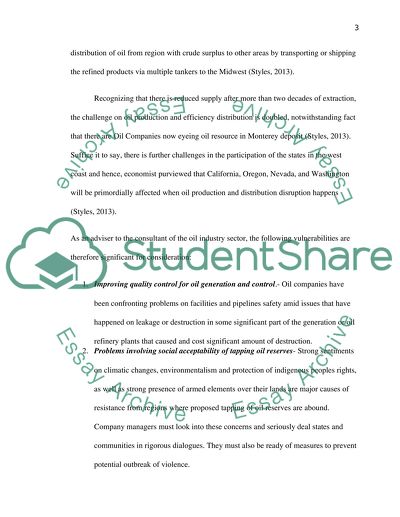Cite this document
(“Energy Industry Essay Example | Topics and Well Written Essays - 1250 words”, n.d.)
Energy Industry Essay Example | Topics and Well Written Essays - 1250 words. Retrieved from https://studentshare.org/marketing/1488181-energy-industry
Energy Industry Essay Example | Topics and Well Written Essays - 1250 words. Retrieved from https://studentshare.org/marketing/1488181-energy-industry
(Energy Industry Essay Example | Topics and Well Written Essays - 1250 Words)
Energy Industry Essay Example | Topics and Well Written Essays - 1250 Words. https://studentshare.org/marketing/1488181-energy-industry.
Energy Industry Essay Example | Topics and Well Written Essays - 1250 Words. https://studentshare.org/marketing/1488181-energy-industry.
“Energy Industry Essay Example | Topics and Well Written Essays - 1250 Words”, n.d. https://studentshare.org/marketing/1488181-energy-industry.


